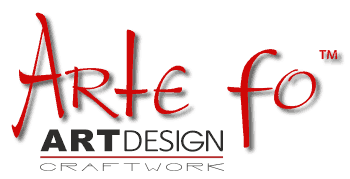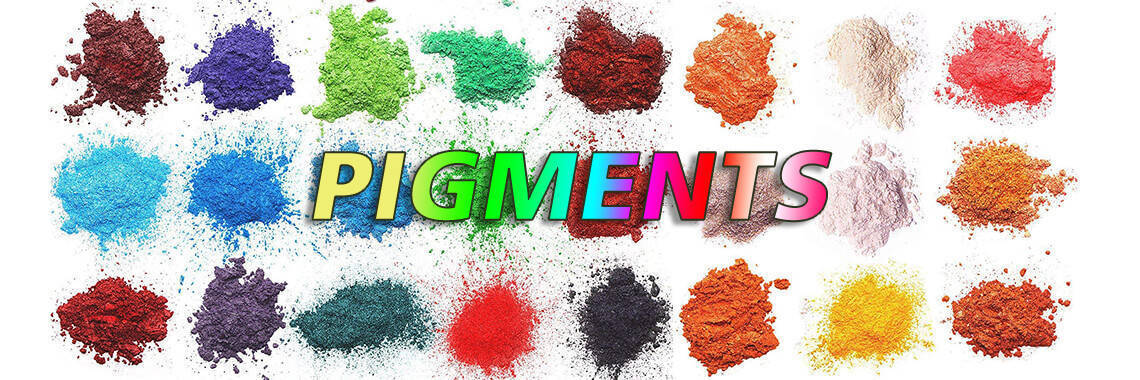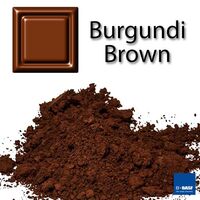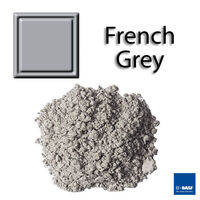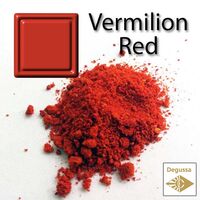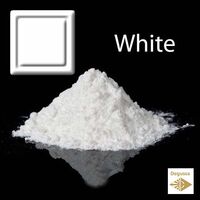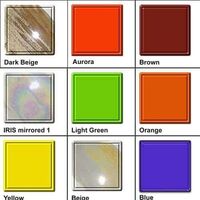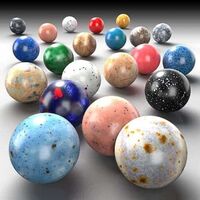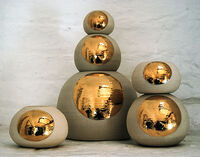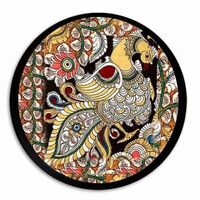Punsch Rosa
Color code: E63E62
Quantity: 10 g.
Firing temperature: 890-1160°C (1640-2120° F) (up to Orton cone SSB 2)
Lead content: lead-free, 0%
Many people want to know what is glaze. Glazing is a technique that requires:
Prepared ceramic pigments, commonly referred to as ceramic stains, expand the potter’s palette with infinite possibilities. Pigments provide a wide range of color possibilities in clay bodies, inglazes, underglazes, and onglazes. They are manufactured using a high percentage of stain. This means they can be applied onto earthenware, greenware or bisque. They have the appearance of silk if left unglazed or will intensify in color when covered with a clear transparent or gloss glaze.
All pigments are intermixable so why not get creative and experiment by missing your own completely new color. During the firing process the colors fuse more vigorously creating purity, intensity and brilliance. The colors are stronger therefore less percentage is needed to create vivid colors making them extremely cost effective.
Usage:
The pigments are powders. They should be mixed with a suitable medium (water) in the approximate proportions of 2 parts color to 1 part medium. These can be diluted further with water for brush application, immersion or flooding. After good drying, the products should be glazed with transparent (translucent) glaze and fire in the kiln at temperatures 950-1160°C (depends of material and glaze). You can use effect glazes in any combination with pigments.
Also the pigments are more commonly added as colorants in clay bodies and glazes. Some pigments are specifically formulated for clay bodies while some are not suitable at all. When used in clay, pigments are usually used in engobes and slips as a coating for clay rather than pigmenting the entire body. The exception to this would be using stains to tint porcelain for neriage work. Pigments can be used in underglazes for brushing onto greenware, earthenware or bisque. If used only with water as a medium, some glazes may crawl, so for best results mix with transparent glaze to obtain different color glazes. When using pigments in glazes, usually in concentrations of 1–10%, a little more care must be taken because some pigment systems react with materials in a glaze.
Punsch Rosa
- Hersteller Degussa
- Artikelnr. pigment - Punch Pink - 101
- SKU: 101
- Verfügbarkeit 282
-
1.19€
Mögliche Optionen
Ähnliche Produkte
Burgund Braun - Pigment Keramikfarbe
Color code: 4682B4 Verpackung: 10 g. Brennbereich: 890-1160°C Blei Inhalt: Bleifrei, 0%Vorbe..
0.79€ 0.99€
Französisch Grau - Keramik Pigment Dekorfarbe von BASF hergestellt in Deutschland
Vorbereitete Keramikpigmente, allgemein als Keramikflecken bezeichnet, erweitern die Palette des Töpfers mit unendlichen..
0.99€
Zinnoberrot - Permanentrot oder Feuerrot Keramik Pigment Dekorfarbe
Vorbereitete Keramikpigmente, allgemein als Keramikflecken bezeichnet, erweitern die Palette des Töpfers mit unendlichen..
2.99€
Weiß - Keramik Pigment Dekorfarbe von BASF hergestellt in Deutschland
Verpackung: 10 g.Brennbereich: 890°C - 1300°CBlei Inhalt: Bleifrei, 0% Vorbereitete Keramikpigm..
0.79€ 0.99€
